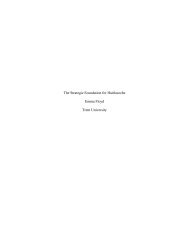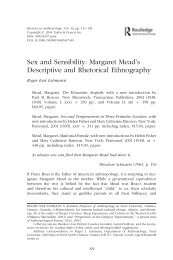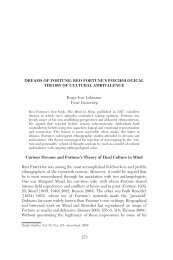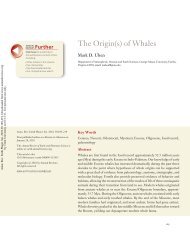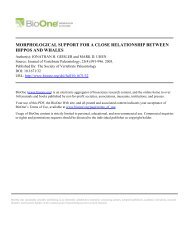Suggested Solutions to Assignment 4 (Optional) - Trent University
Suggested Solutions to Assignment 4 (Optional) - Trent University
Suggested Solutions to Assignment 4 (Optional) - Trent University
You also want an ePaper? Increase the reach of your titles
YUMPU automatically turns print PDFs into web optimized ePapers that Google loves.
7. The composite index is obtained by calculating the percentage change for each series<br />
relative <strong>to</strong> the base month and then averaging these percentage changes. The percentage<br />
change from the first <strong>to</strong> the second month is 10 for indica<strong>to</strong>r A, 15 for indica<strong>to</strong>r B, and<br />
−10 for indica<strong>to</strong>r C. Their simple average (since each indica<strong>to</strong>r is given equal weight)<br />
is 5 percent. Taking the first month as the base period with a composite index of 100,<br />
we obtain the composite index of 105 for the second month.<br />
For the third month, the change of each indica<strong>to</strong>r from the base period is 20 percent, 10<br />
percent, and 10 percent, respectively, with an average of 13.3 percent. Adding this value<br />
<strong>to</strong> 100 (the base-period value of the composite index), we get the composite index of 113.33<br />
for the third month. These composite indexes are shown in the second column of Table 4.<br />
Since two indica<strong>to</strong>rs rise and one falls from the first <strong>to</strong> the second period, the diffusion index<br />
for the second period is 66.7 percent. On the other hand, since all three indica<strong>to</strong>rs rise from<br />
the second <strong>to</strong> the third month, the diffusion index for the third month is 100 percent. These<br />
diffusion indexes are shown in the third column of Table 4.<br />
Thus, according <strong>to</strong> the composite and diffusion indexes, the level of economic activity<br />
should improve in future months.<br />
Table 4<br />
Month<br />
Composite<br />
Index<br />
Diffusion<br />
Index<br />
1 100.00 —<br />
2 105.00 66.70<br />
3 113.33 100.00<br />
8. (a) Time series A is a coincident indica<strong>to</strong>r of the index series of cereal sales of the Tasty<br />
Food Company. The reason for this is that series A moves in step or coincidentally<br />
with the time series of the sales index. When the time series of the sales index rises,<br />
series A rises, and when the sales index falls, series A also falls in the same month.<br />
(b) Time series B is a leading indica<strong>to</strong>r of the index of cereal sales. That is, series B<br />
anticipates or leads changes in the direction of the sales index and can, therefore, be<br />
used <strong>to</strong> forecast changes in the firm's sales index. The lead time is two months.<br />
For example, the decline in the sales index between the third and fourth month is<br />
anticipated and can be forecasted from the decline in the value of time series B from<br />
the first <strong>to</strong> the second month. Similarly, the rise in the index of cereal sales in the fifth<br />
month can be forecasted by the rise in the value of series B in the third month, and so on.<br />
114



